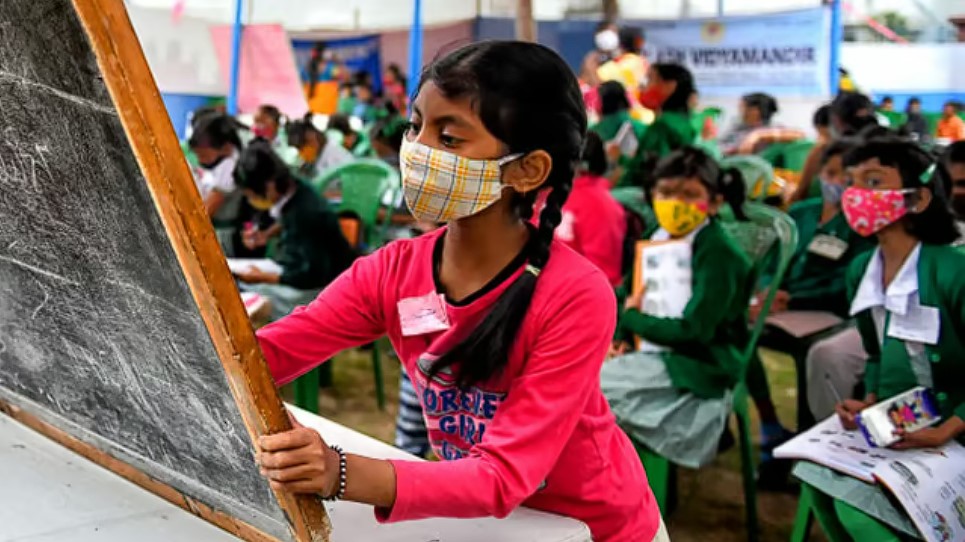The gender imbalance in India’s education system, though significantly ameliorated, is still an ongoing worry. World Economic Forum’s Global Gender Gap Report of 2024 and other such analyses indicate that while there is a decline in India’s rankings, the story beneath has more facets to it. Girls’ education in present-day India is discussed in this article: plus, we look at the hurdles encountered and what are being done to bridge the divide. Enrolment rates throughout different levels of education are one of the major worries.
Although UDISE+ data shows that India has high enrolment rates for girls up to the secondary school level, there is a significant dropout rate after Class 8 coinciding with end of free and compulsory education. This trend reflects societal expectations as well as financial constraints. Many aspects account for this difference. Parents do not register their daughters if schools are far off, especially in rural parts of the country.
There may also be no female teachers who can act as role models and this can dissuade some conservative families from having their girl children study at school. Poor sanitary facilities especially after puberty greatly hinder girls’ continuity with learning programs among other things.

Ref. URL: https://media.assettype.com/outlookindia/import/uploadimage/library/16_9/16_9_5/IMAGE_1663744981.webp?w=640&auto=format%2Ccompress&fit=max&format=webp&dpr=1.0
At the same time, there is a silver lining to this. The government has, for instance, built more schools, allowed free transport for girls, and given scholarships, all of which have increased enrolment rates. This has been the case in states such as Haryana, Punjab, and Tamil Nadu, which offer girls bus passes at no fee. In like manner, schemes like those giving female students bikes in Bihar have been successful.
The progress is uneven in different parts of the country. Some states such as West Bengal, Chhattisgarh and Tamil Nadu have achieved near gender parity in HS education. However, boys leaving school before completing it is now a cause for concern raised by this success. The main reason behind this phenomenon could be attributed to the Right to Education Act which does not allow failing of students till class 8th. While reaching Class 9 often inspires girls to continue schooling, but boys with problems in academics might just leave due to lack of interest possibly because they are compelled by society to support their families financially.
Beyond basic literacy, gender equality struggles in education. However, a closer inspection of the GER in higher education reveals disparities across various disciplines. Nevertheless, male students dominate many STEM fields vital for future jobs, with only 42.5% women among them.
This gap can be filled through a multi-faceted approach. Schools should aim at improving the foundation reading skills of all learners. Moreover, rural women can be encouraged to prioritize their own daughter’s schooling through targeted interventions. It is also necessary to encourage girls into STEM fields by using role models and mentoring programs. Lastly, removing barriers that cause boys to drop out of school will ensure that both genders are represented equally in schools. In sum, India’s progress towards gender parity in education has been marked by success as well as hindrances. The remaining gap can be narrowed down further through continued efforts towards building inclusive and accessible schools as well as initiatives aimed at encouraging the girl child to get education and choose careers for themselves which target rural women too who may not have access to these resources. To do this, the country must offer equal opportunities for all children so that it can achieve its full potential while empowering its next generations.
